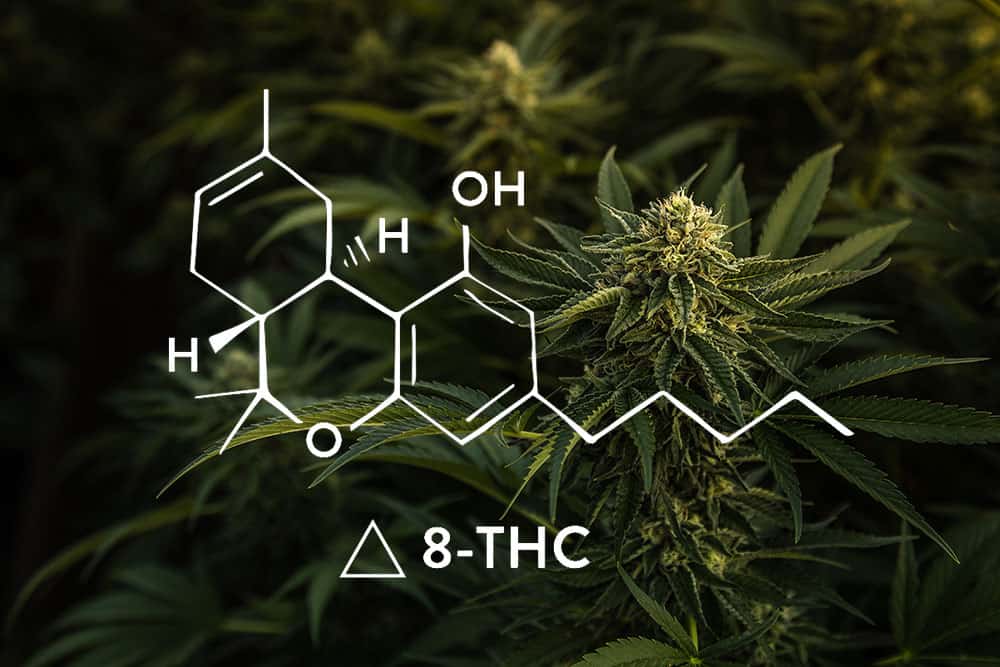Not only are we all taking in more media, but the kind of media we consume has also changed. With such incredible competition, media sources have had to up the ante for what will grab and keep a viewer’s attention. (According to a study by Nielsen Norman Group in 2011, web users spend an average of 10-20 seconds on websites.) This means the more flashy, taboo, or risque a topic, the more chances it has of gaining traffic. And still, regardless of the generation, what tends to be the topic that most fits that profile for many young people? That’s right: sex, drugs, and rock’n’roll.
In popular media, these often go together. A primary example from recent years is American singer Miley Cyrus. The 23-year-old star made numerous headlines for her scantily clad performances and overt drug references and opinions. In her 2013 single “Ain’t Worried About Nothin’”, she raps: “Popped a molly and you know, you know you’ll never stop, you think I’m turnt up, wait until my album drops.” This followed the single “We Can’t Stop” and the lyrics “dancing with molly.” Many other popular media stars have referenced the drug molly (or MDMA) and it makes a difference. A FOX news interview cites an 18-year-old from the New York area who takes the drug at concerts: “I certainly think if people like Miley Cyrus and Kanye West are doing it, people are definitely going to feel like they want to do it. For me [while listening to electronic dance music], the drug makes the music almost sound better.”
So there’s more media, it’s pushing the boundaries of what to cover to gain momentum, and the sources behind the media have changed. In the 1980’s, the people presenting stories on major news networks were trained journalists and were often backed up by an organization of fact checkers. Today, anyone can publish and what we see online can be created by a 6-month-old news agency to an opinion piece by a first time blogger to a post or meme that came from who knows where. For teens on social media sites, where the source of expression can be the most questionable, there’s actually a strong correlation with drug and alcohol use. A 2011 National Center on Addiction and Substance Abuse study found that American teens ages 12-17 who visit social networking sites daily are 5 times likelier to use tobacco, 3 times likelier to use alcohol, and twice as likely to use marijuana. This may be due to the fact that most of what young people are seeing related to drinking and drugs doesn’t tend to be negative. According to a new National Institute on Drug Abuse funded study, the 2013 popular marijuana Twitter @stillblazingtho was in the top 10% of handles followed by 17 to 19 year olds. And only ten percent of messages posted mentioned any risky behaviors associated with marijuana use.
In addition to these often “unsponsored” drug positive sources, factor in the staggering amount of money behind the direct advertising of alcohol and prescription drugs. In 2013, the United States alcohol industry spent 2.05 billion dollars on advertising beer, wine, and liquor on television, online, and in print. Direct to consumer prescription drug ads totaled to $3.1 billion in 2012. That’s a lot of money, and a lot of media specifically designed to entice viewers. In America, prescription drug addiction in adolescents continues to be an issue.
As a family member or young person who is educated about the risks of drug and alcohol use on the young brain, what can you do in the face of such facts? As every blip of media we see gets stored in our brain, and these nudges of popular opinion result in often unconscious behavior changes, what’s the best way to support your loved one’s future?
- Talk to your loved one. While many family members often aren’t sure their teen or young adult is listening, having a respectful, open, and loving conversation about substance use can make a world of difference. Approach the conversation from a place of care, and share what you’ve learned about why substances can lead to major issues in the present, and down the road. Express your concern as an act of love for their well being.
- Set boundaries. It’s important for young people to have boundaries to keep them safe, to establish an understanding of limits, and to communicate responsibility and care. Set and communicate clear boundaries with yourself or your loved one about drug and alcohol use, AND media use. Don’t allow smartphones in the bedroom, limit time on particular sites, and redline others.
- Encourage education and empowerment. There are many resources from trusted sources online to help understand the negative impacts substances can have on young brains and bodies. Research them with your loved one. In addition, help them understand how media may be playing a subconscious role on their decisions. Share this article, and empower them to make their own, conscious and intelligent choices.
- Seek help. Consult a substance abuse treatment center for answers, educational resources, coaching, and extra support.
As technology becomes smaller, more convenient, and faster, the media we consume will continue to change and evolve. The drugs we’re seeing as popular now may not be in another 15 years, but another will rise to take their place and most young people will learn about them from media. If you or a loved one is struggling with substance use, seek help. If you’re considering drug abuse counseling or a drug addiction treatment center for troubled teens in Colorado or Maryland, contact us. Our team is available to answer questions and help you find the right fit for lasting recovery.




